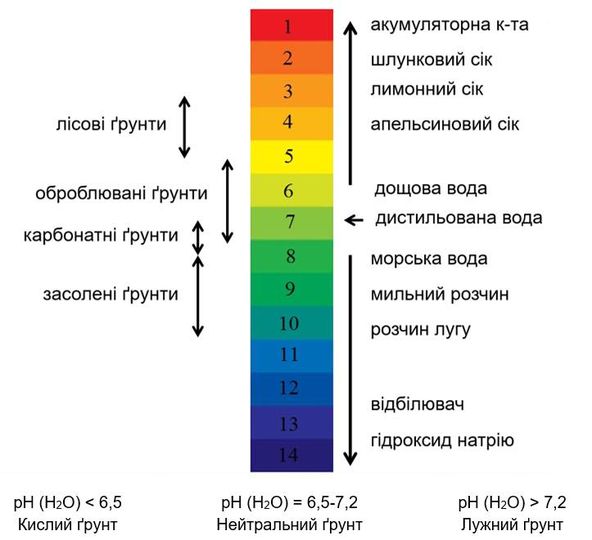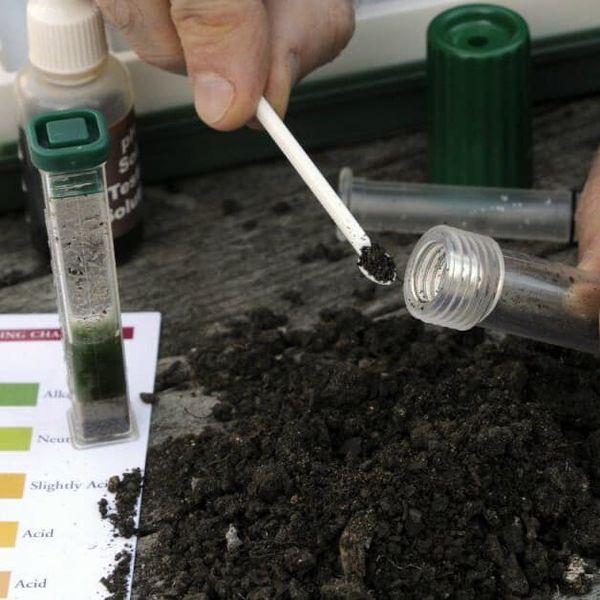Natural factors affecting pH
Why is one soil acidic and another alkaline?
It all starts with four main factors: climate, mineral composition, soil texture and biological activity.
Climate
- In warm, humid regions, frequent rainfall contributes to the leaching of minerals, lowering the pH, while in dry areas soils tend to remain neutral or alkaline due to less intense leaching.
Minerals
- Soils rich in calcium or magnesium often have a higher pH, while those rich in aluminium or iron can be more acidic.
Soil texture
- Clay soils with a large amount of organic matter have a better ability to maintain a stable pH than sandy soils, which quickly lose minerals with the water that passes through them.
Biological activity
- Microorganisms produce acids, lowering the pH of the soil (especially in organic-rich soils), while plants can release bases through root emissions, increasing the pH.
Plants that increase pH:
- Alfalfa and clover – these plants can release ammonia, which makes the soil less acidic.
Plants that lower the pH:
- Pine – Dying pine needles produce acids that make the soil more acidic.
- Blueberries, its roots, secrete acids that lower the pH of the soil.
Remember. A decrease in pH increases acidity, and an increase in pH increases alkalinity.
Managing organic matter content can help stabilise pH, particularly in sandy soils, improving overall soil health and promoting better plant growth.
Consideration of these factors helps us to map the characteristics of land plots in different regions of Ukraine and assess their potential.



Write to us
and we will find an opportunity
for cooperation


